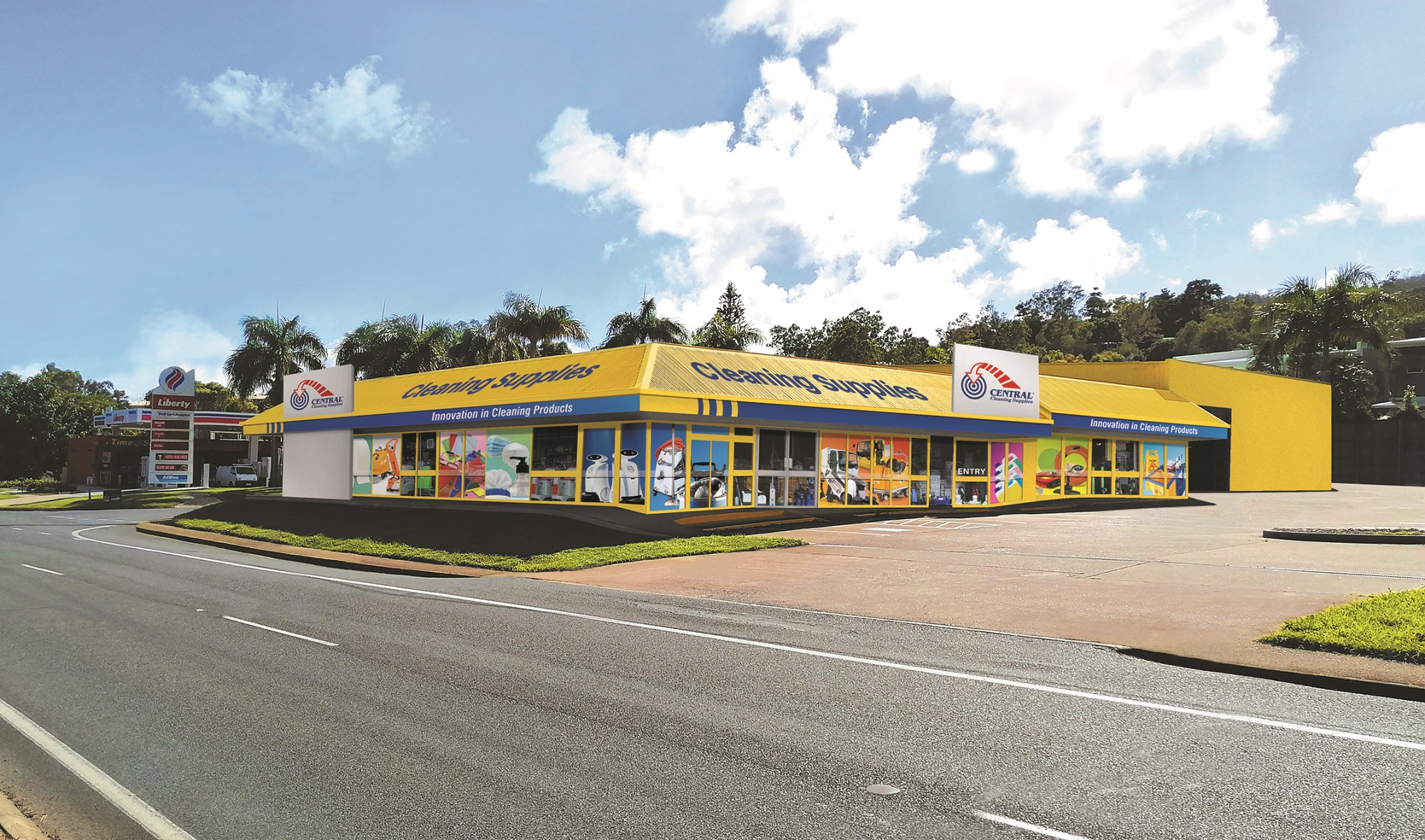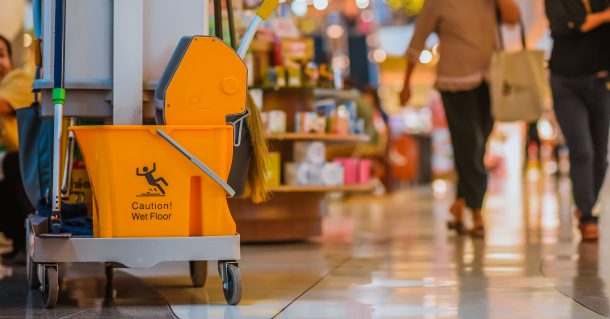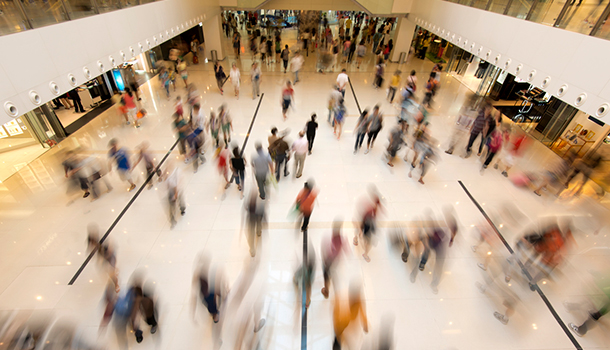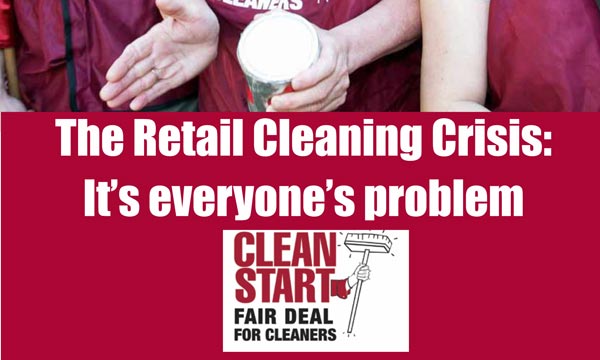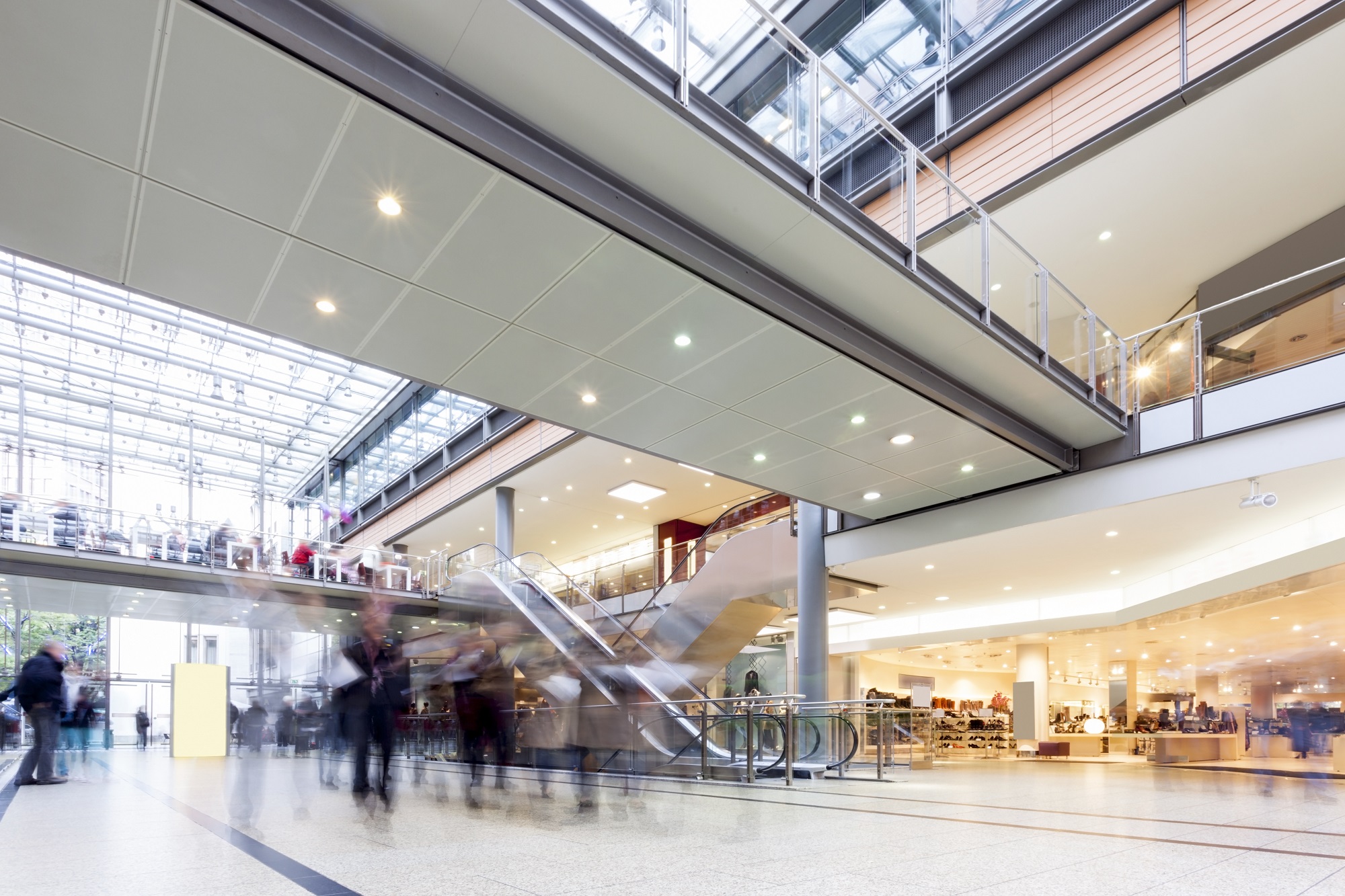
Higher cleaning and hygiene standards in retail settings can improve the customer experience and lead to greater purchases and profitability for sites. With that imperative in mind, we examine some of the technology and product trends that are having an impact in retail and other sectors.
As shopping centres and other retailers seek to get an edge in complex and highly competitive markets, there is little doubt that robotics and data will be crucial weapons in their armour.
From the latest robotic scrubbers that can be left overnight to clean floors, to inventory robots that help retailers check and manage their stock, access to sophisticated machines and real-time intelligence and data is crucial to in creating more hygienic, sustainable, and profitable stores.
Andrew Dillon leads business development for Australia and New Zealand at Brain Corp, a global leader in robotic AI software that powers a large fleet of autonomous mobile robots (AMRs) operating in commercial public spaces.
He says the COVID-19 pandemic has highlighted the value of robotic automation for many retailers as they seek efficiencies with tasks such as floor cleaning through to shelf scanning, with particular emphasis continuing to be placed on cleanliness and hygiene to meet the expectations of customers.
Factors such as the quality of cleaning, the consistency of cleaning and a shortage of human resources is convincing more retailers to explore and adopt AMRs.
“In the global market there are a large number of retailers that have already made their decision to move into this area because all the factors line up for them,” Dillon says.
Retailers in the Australian market have been slower to embrace the robotics trend as they weigh up the costs of such technology against the potential gains. However, based on the findings from a RetailWire-Brain Corp survey, the international momentum for robotics is clear. One in four retailers at the time indicated that they had an in-store robotics project under way, and 47 per cent claimed they were moving to be involved in such a project.
“Australians tend to be more conservative and wait and look at the global market before they move,” Dillon says.
“But there are indications that the market is maturing and retailers are seeing that there is more of a commercial return on investment from autonomous mobile robots,” Dillon says. “We’re already seeing developments specifically within warehousing logistics.”
Adopting best-practice cleaning
The imperative to adopt superior cleaning techniques in retail stores and shopping centres, especially in common high-traffic areas, is obvious as facility services providers seek to attract customers, promote health and safety, and safeguard business assets. A clean store projects a positive image of a store’s brand and potentially leads to greater customer loyalty.
With best-practice in mind, Sabco Professional general manager Gerard Searl advises retailers to engage cleaning and hygiene specialists and complete a site audit that outlines product solutions that are suitable for an individual site.
“For example, using a traditional mop and bucket system may not be the most efficient for shopping centre cleaning,” he says.
“It would be more productive and cost-effective to use a microfibre floor pad on the floor, which has less drying time and makes it quicker to clean up spills.”
Searl says this can result in shorter timeframes for safety signs to be displayed in high-traffic areas, and eliminates the need for cleaners to carry large amounts of water on cleaning trollies with traditional 16-litre buckets.
“Flat mopping uses less water and less chemicals compared with traditional mopping, making it more environmentally friendly. It also reduces the chance of injury to cleaners who are often required to mop for long periods of time.”
Safety is also a selling point for robots, according to Dillon. Apart from doing a better cleaning job in many environments, the robots are not subject to slip-and-fall risks in what can often be environments featuring long working hours and wet, slippery floors.
“They’re safer than someone manually using a machine,” he says. “That’s something that a lot of people don’t realise – that these machines don’t really have incidents or accidents. With the navigation technology, they’re much more aware than a human operator when it comes to their surroundings.”
Improving technology and performance
Tom Culver, founder of The Robot Factory, a service robot company in Sydney, is also confident that demand for AMRs will quickly grow in Australia as the technology becomes irresistible.
He says the expansion of options for retailers and other businesses is exciting, especially for small and medium-sized robotic scrubbers and vacuums.
“Even just two years ago, there were only about three robots that I could look you in the eye and say, ‘these machines will work’. There’s now quite a few out there and they’re changing all the time. Some of them are still junk, but there’s a growing number that are pretty good and a handful – maybe five or six – that are a darn good product.”
Culver says adoption will continue to grow as facility services providers become more aware of the advanced navigation capabilities of the newer machines, along with the incorporation of “cool bells and whistles”.
“I’ve got three or four businesses now that are very happy with running these machines at night with nobody around,” he says. “I’ve got a hospital that does it, and a grocery store and a retail store that use the machines to clean at night and then they come back the next morning and the floor is clean. And they can see it all on an app.”
Demand for Brain Corp technology is also on the rise, including through the deployment of about 600 AMRs in the Sam’s Club retail warehouses that are owned and operated by Walmart in the United States.
Sam’s Club has been rolling out an inventory-scanning feature that is installed in existing Brain Corp-powered floor-scrubbing robots. With the robots proving their worth already during daily floor-cleaning operations, the scanning initiative allows the business to gather important inventory data as the machines move through sites.
As well as helping Sam’s Club manage its sites more efficiently, the move also frees up time for its staff to focus on members and improving their shopping experience.
Sustainability the key
The other key trend for many retail centres is incorporating sustainable cleaning practices, such as the use of eco-friendly cleaning products and reducing single-use plastics in cleaning operations.
Searl says since the peak of COVID-19, Sabco Professional has witnessed commercial premises, including retail sites and shopping centres, opting for higher-quality, commercial-grade ‘branded’ products to ensure high hygiene standards.
“Another key trend is the requirement to offer more sustainable cleaning tools and equipment,” he says.
“This is not just about products being made from recycled items, but also their method of use.” He notes, for example, that a flat-mopping system cuts down on chemical and water use when used correctly compared with some traditional mopping systems.
As part of its alignment with the United Nations Sustainable Development Goals, Sabco Professional is implementing a range of policies to reduce its environmental impact. One of those projects is the optimisation of all shippable packaging in its products to improve freight utilisation.
“After analysing our entire product range across all house brands, we have been able to modify some of our boxes to ensure maximum freight usage,” Searl says. “To date, this program has resulted in a 17.6-tonne reduction in our annual greenhouse gas emissions from freight and a 2250-square-metre reduction in cardboard usage.”
Upping the ante
In the wake of the pandemic and changing consumer demands, the evolving cleaning trends in retail centres have been well documented.
Many sites have implemented more rigorous cleaning protocols, focusing on high-touch surfaces such as escalator handrails, door handles and restroom facilities.
More frequent cleaning schedules have become the norm, with dedicated staff members or cleaning services conducting regular disinfection rounds throughout the day. Some shopping centres have also adopted advanced cleaning technologies such as UV-C disinfection robots, electrostatic sprayers, and air-purification systems to improve indoor air quality.
As the sector continues to transform, Dillon is certain that robots will play an ever-increasing role in retail and other environments.
“It’s really about the transfer of labour to more productive areas of the business, which allows them to provide better shopping experiences and run their businesses more productively.”
He also expects multi-purpose robots to come to the fore.
“Something that cleans and scans shelves for out-of-stocks and price ticketing and space branding is more valuable to a retailer than just a single-use unit,” Dillon says.
“It can provide them with a lot more insightful data, which can be used for a number of key factors within their business when it comes to stock planning and just-in-time ordering. It helps them with their entire logistics operation, not just cleaning the floor.”
This article first appeared in the November/December issue of INCLEAN magazine

